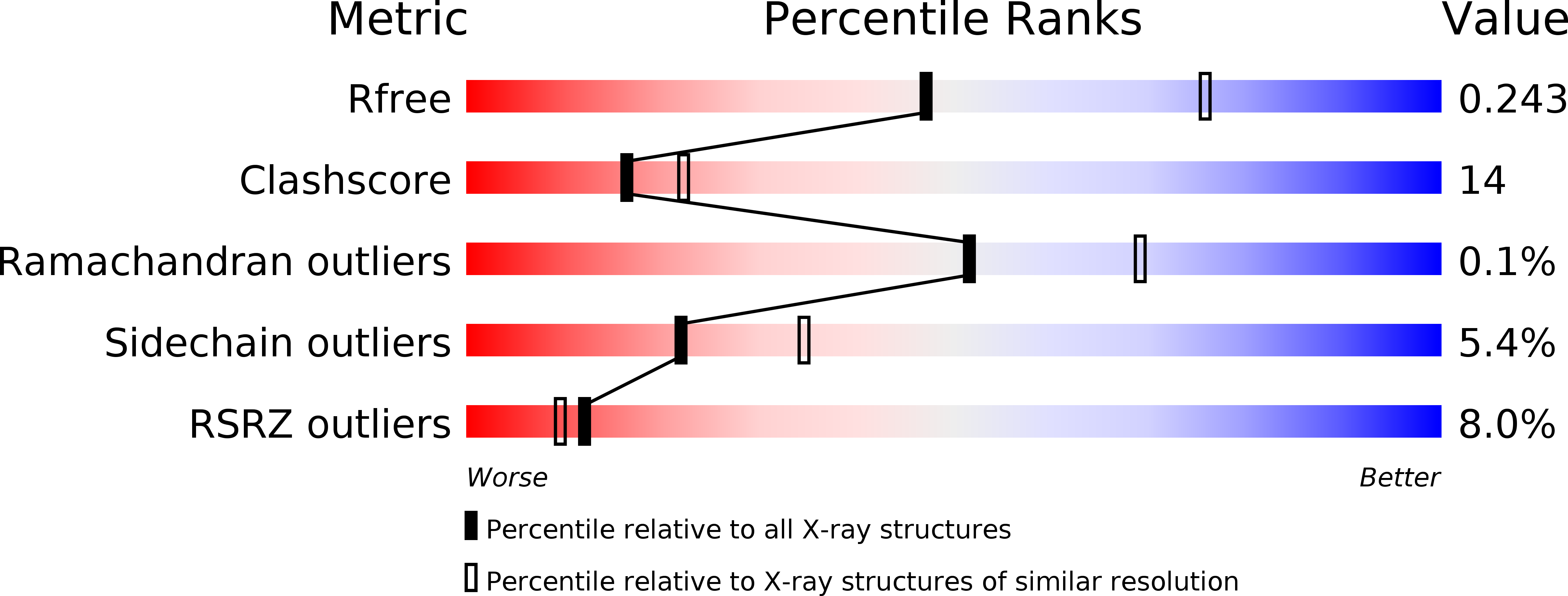
Deposition Date
2012-08-31
Release Date
2013-04-17
Last Version Date
2024-11-20
Method Details:
Experimental Method:
Resolution:
2.65 Å
R-Value Free:
0.25
R-Value Work:
0.21
R-Value Observed:
0.21
Space Group:
P 1 21 1


